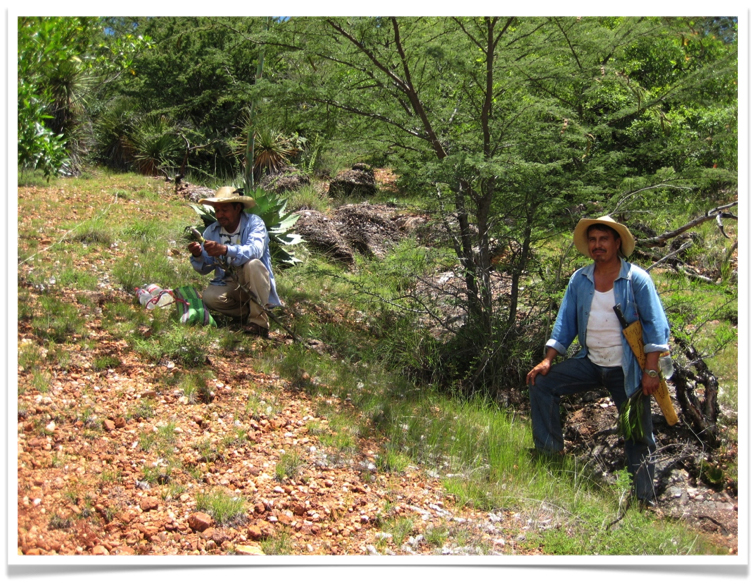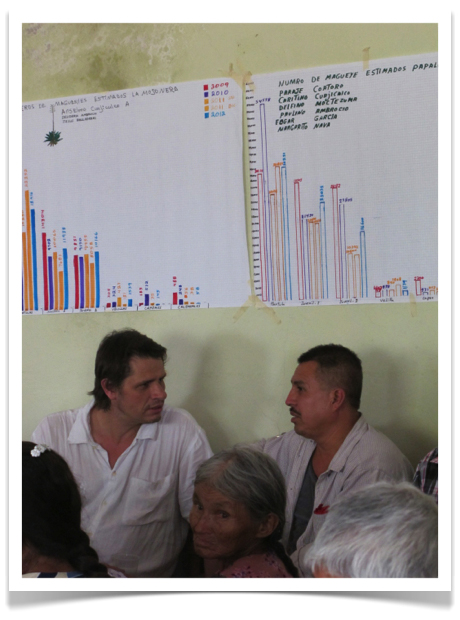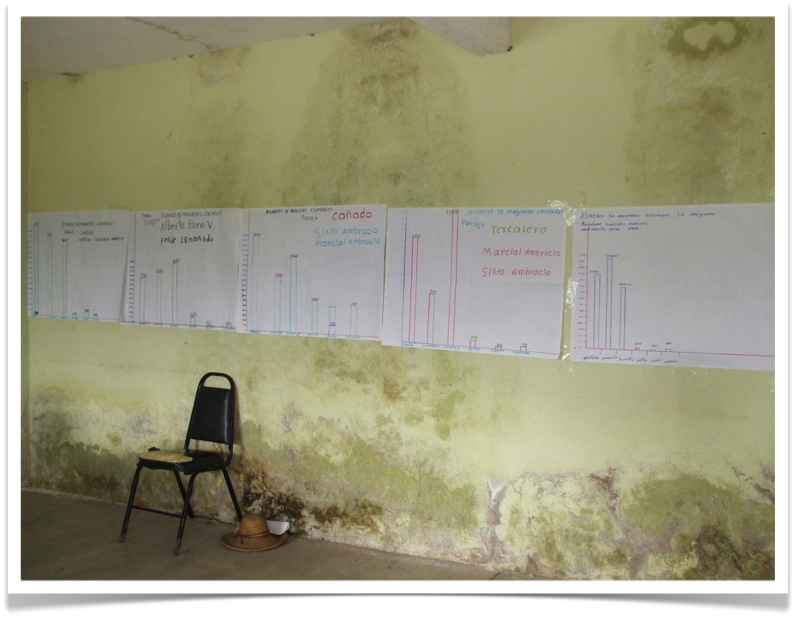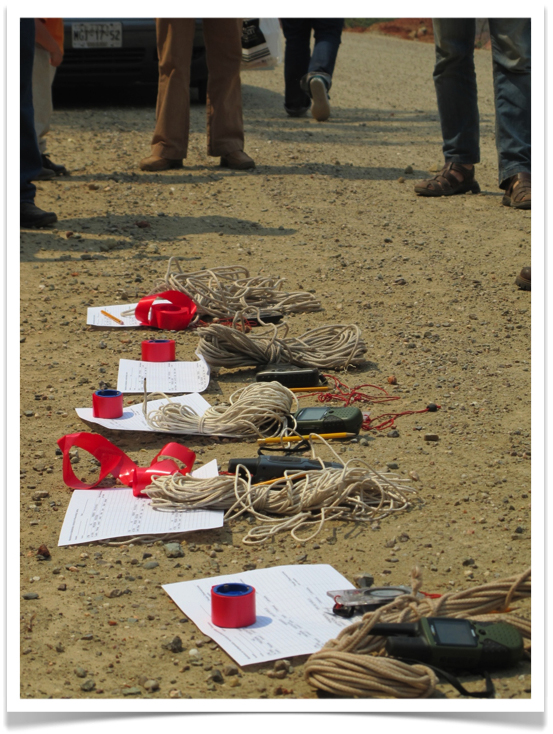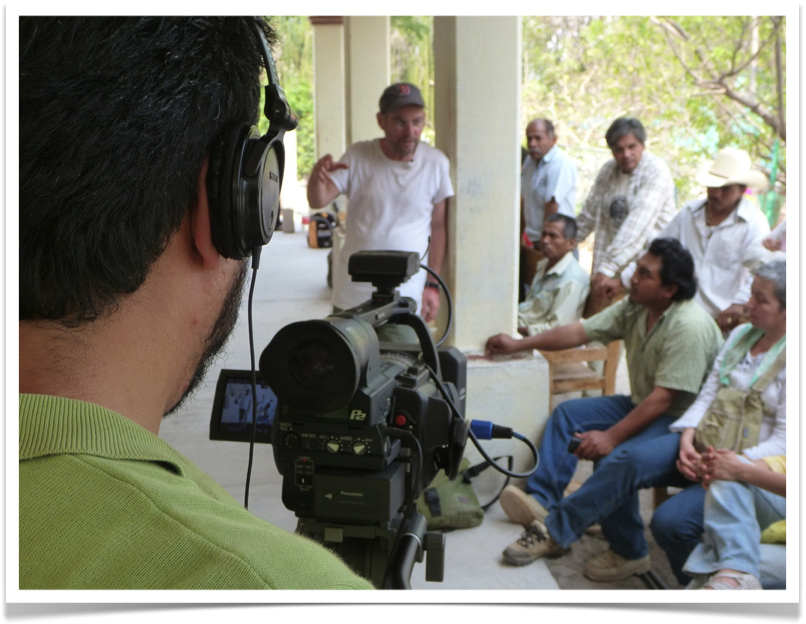Murciélagos, or bats, are the main pollinators of the Agave species used to make mescal. In addition to the graphs and data tables that were on the walls of the meeting room where the mescaleros presented their work (see Mescal Re-Visited), the monitoring teams had also drawn several posters about the importance of bats. Wonderfully whimisical and informative. Three of my favorites are shown below with approximate translations of the text:
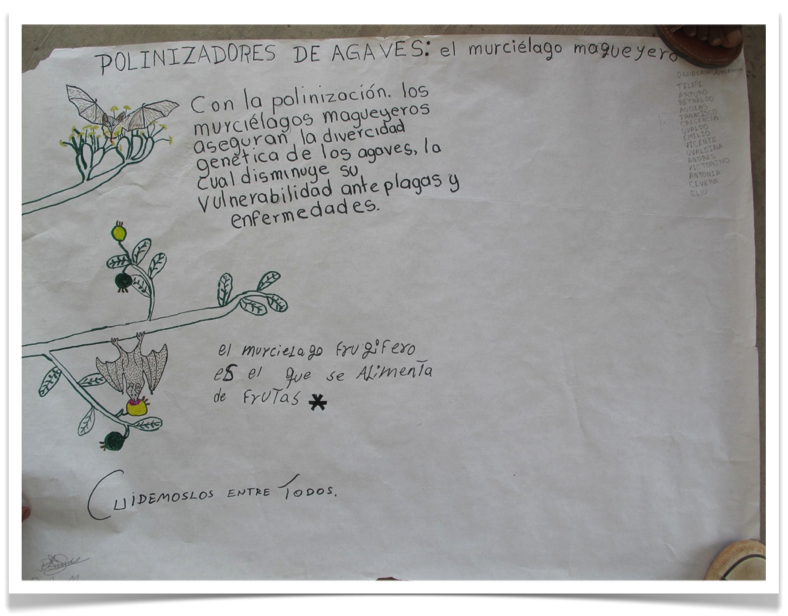
Pollinators of Agaves: The Maguey Bat. Through pollination, the maguey bats insure the genetic diversity of the agaves and reduce their vulnerability to pests and disease. The fruit bat eats fruits. Take care of all of them.
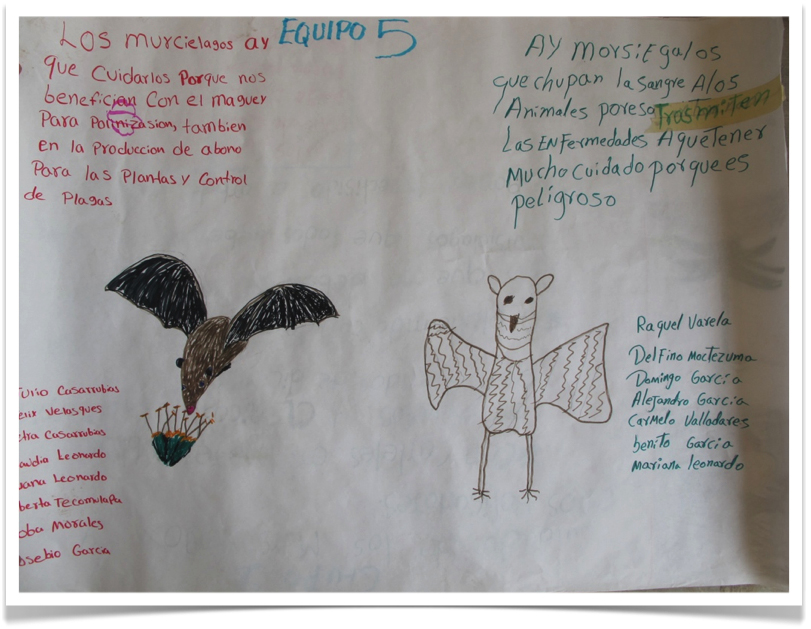
We have to take care of bats because they benefit magueys through pollination and also in the production of fertilizer (guano) and the control of pests. There are also bats the suck the blood from livestock and transmit disease. We should be very careful with them because they are dangerous.

Take care of bats and other pollinators. With posters in public places in schools, clinics, and stores. Or talking with friends and your children about how you shouldn't bother bats. Don't put insecticide on fruit trees.
[NOTE: Those are my black Converses shown in the lower right of image 1 and 3. The wind was blowing the posters away before I could photograph them].
 Wednesday, August 13, 2014 at 11:03AM
Wednesday, August 13, 2014 at 11:03AM 